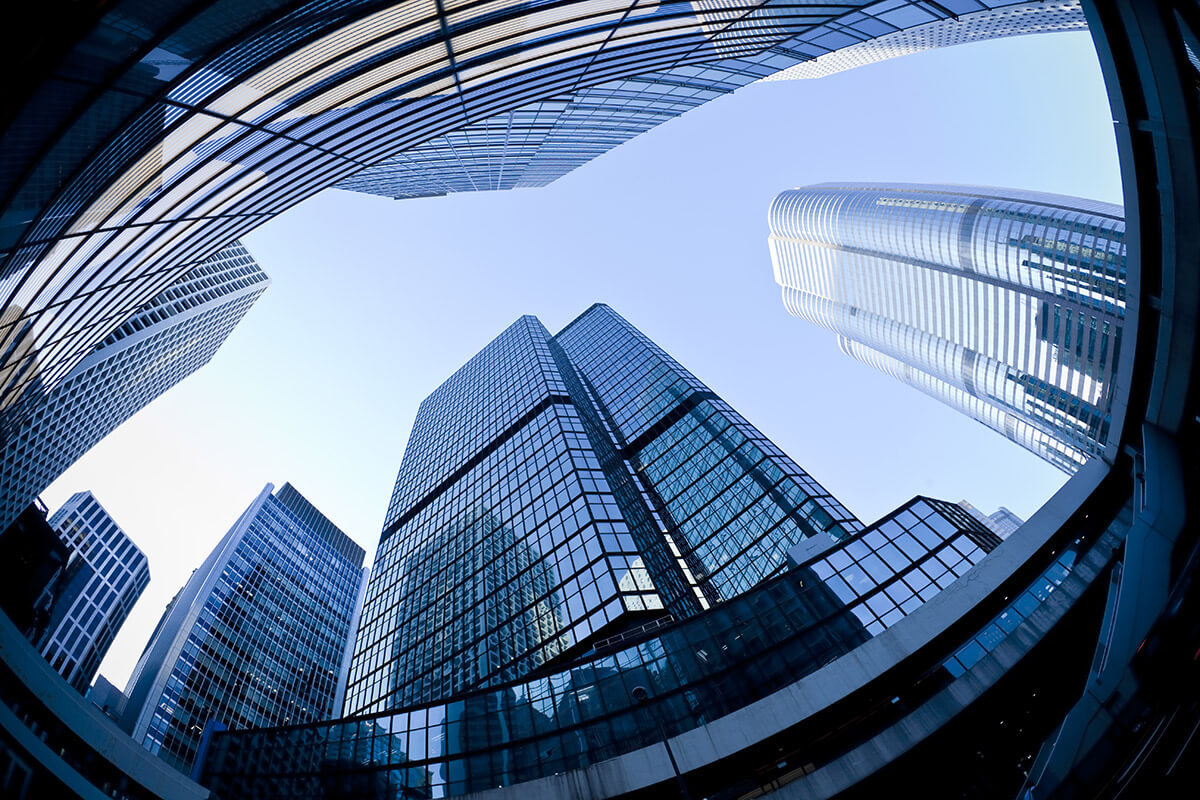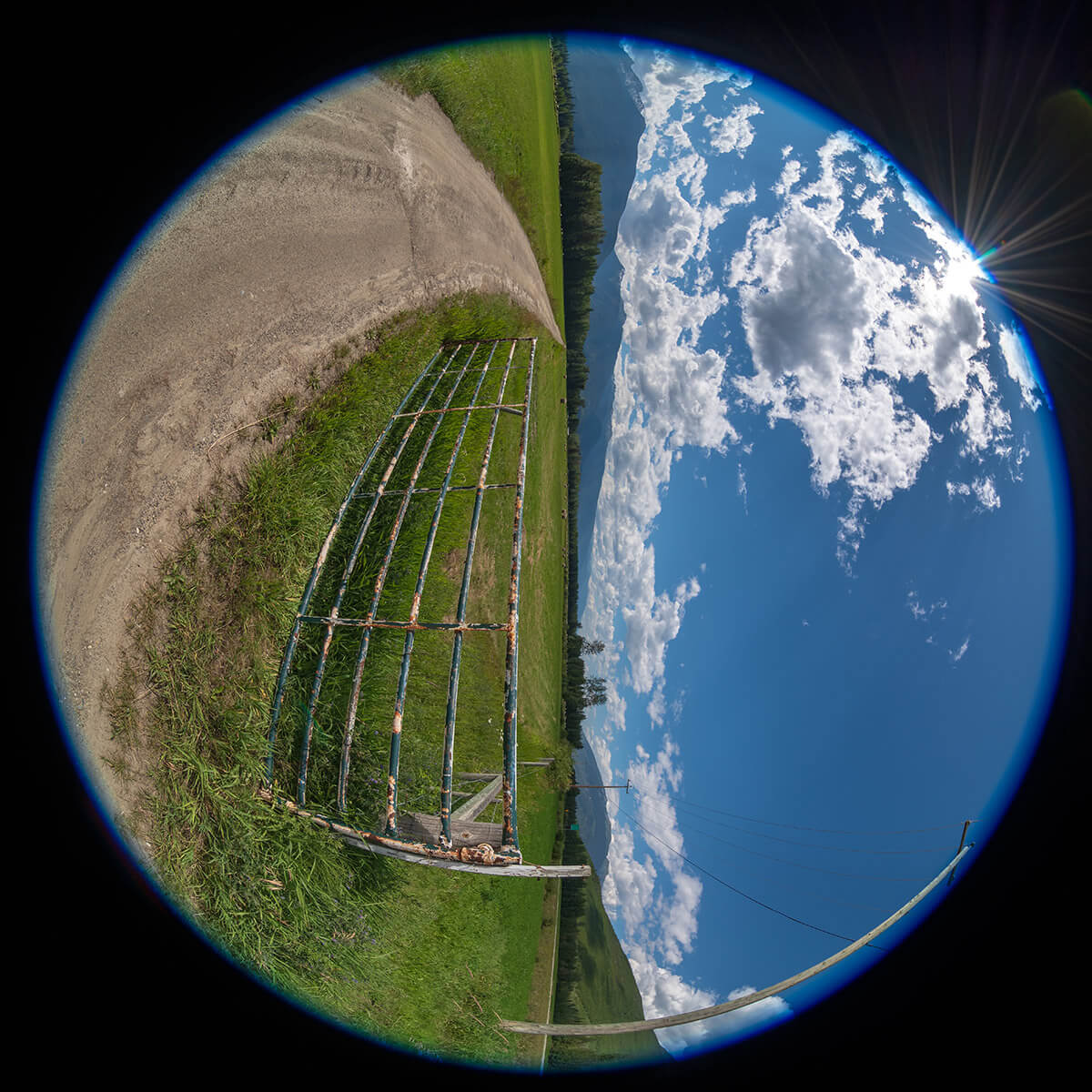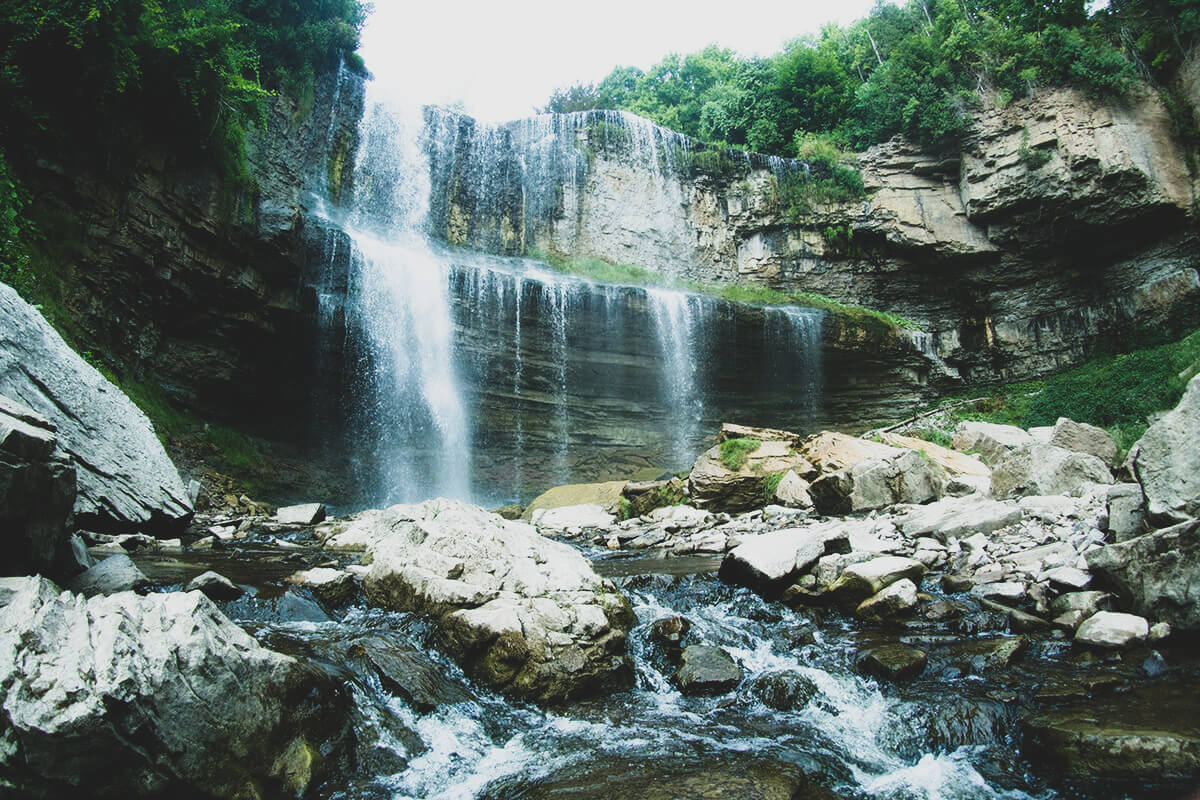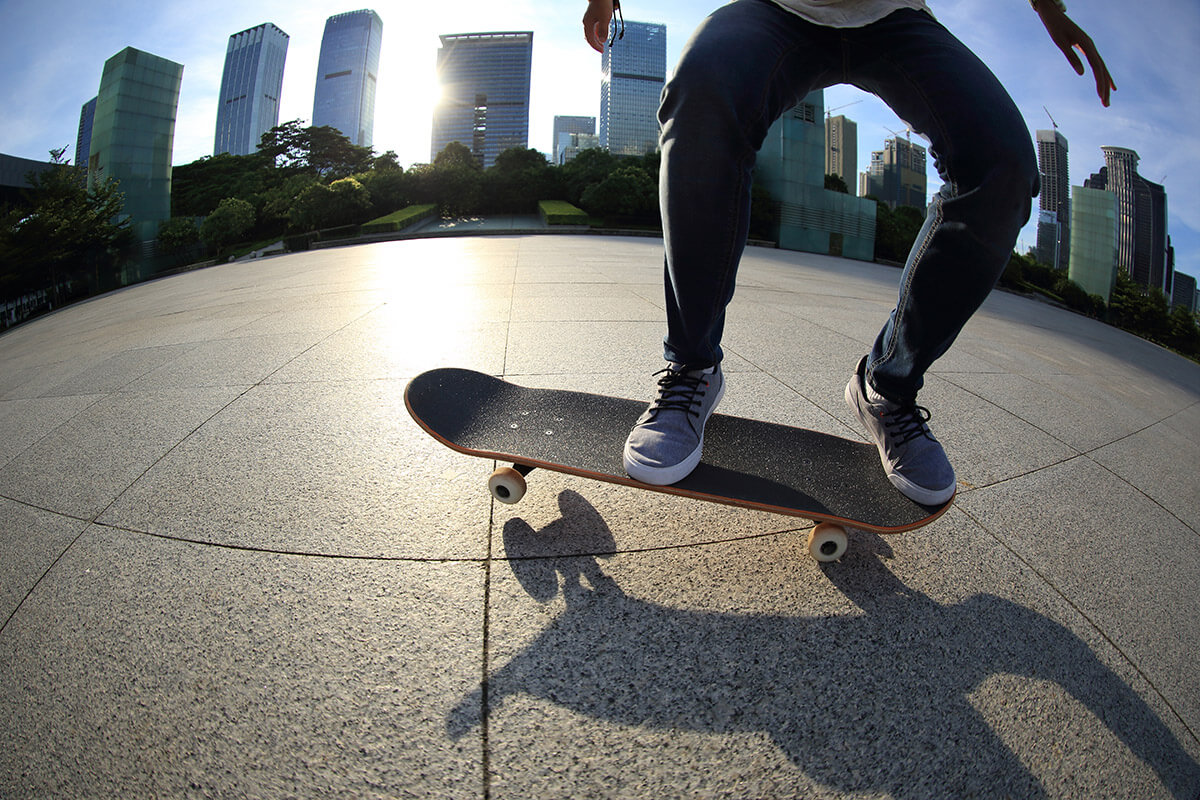What’s the Purpose of a Fisheye Lens?
Sounds gross -- maybe. Fisheye lenses are used more frequently than you may think from videography, to city, and landscape photography. So what are the advantages to using this wide-angle lens?

A cityscape shot using the common rectilinear lens. Notice the barrel distortion in the four edges
See like a Fish
By definition a fisheye lens is a wide angle convex shaped lens which can be used to provide an altered ‘hemispherical’ view. Some are large, conserving a near full 180 degree plane. The most common, ‘rectilinear’ provide that classic stretched perspective with noticeable barrel distortion. The less common equidistant lenses provide a much more pronounced barrel effect, with only ~60% of the camera sensor being used, producing the classic circular image with black edging

The barrel of an equidistant fisheye lens
The Uses of Fisheye Lens

Using lens distortion to add an abstract element to a photo is something that can fit a surprising number of typical scenes.
For Landscape photography, a fish eye lens can add scope and depth to scenes where a more focused lens may be too narrow. With the right resolution, and algorithmic post-processing (to help remove the artefacts fisheye lenses -- which can be achieved with software such as Lightroom) can produce panoramic results:

Scope can be conserved with fisheye lenses
Up Close and Personal
One advantage (or disadvantage, depending) of a fisheye lens is that due to the added depth of field, you can remain close to your subject or scene while still conserving much of the image. Although fisheye lenses typically have fixed focus points, with the right distance you can maintain fine detail on the subject, and place most of the distortion to the outer edges of the image.
In terms of videography, many skateboard videos are filmed with fisheye lenses so that the filmer (also riding a board) can be close to their subject, and still capture enough of the setting. The effect of motion in a fisheye lens also produces distortions that are simply ‘cool’ in an abstract way, while distorting scale keeping things looking big.

If you’re not ready to commit to a full size fisheye lens, there are many cheap threaded lens filters that can be found online. Although, these will produce a lot of chromatic aberration and fringing, it’s still a great starting point for planning wide angle shots.
--article by: Alexander Tri



